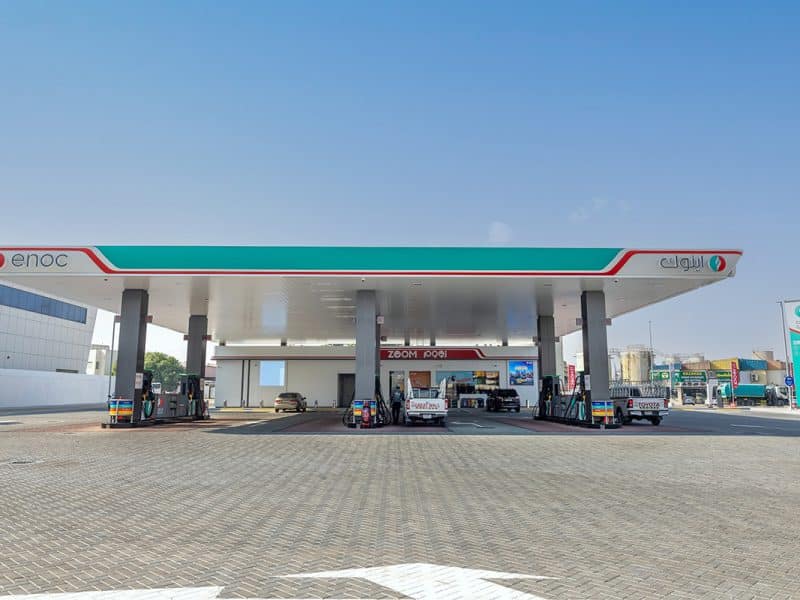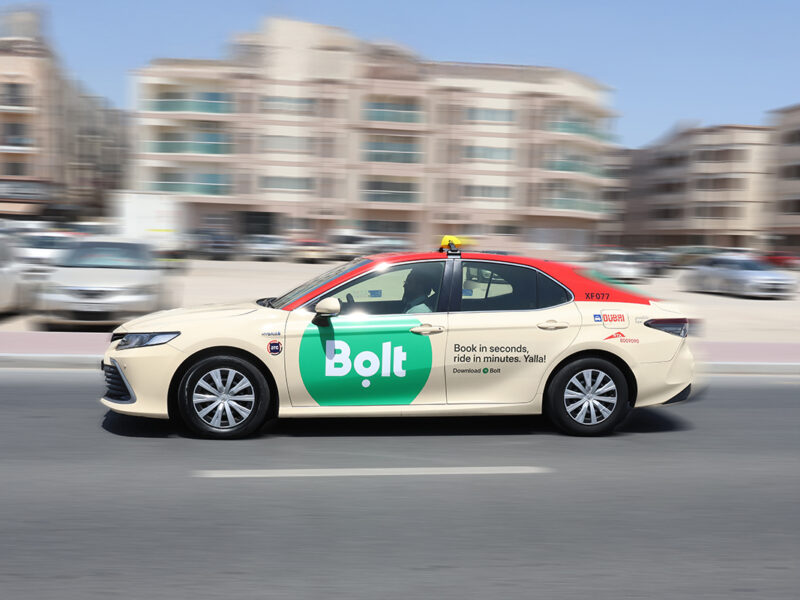A month after Egyptair flight 804 disappeared en route from Paris to Cairo, investigators are yet to retrieve the plane’s black box recorders – deemed crucial in determining why the aircraft crashed into the Mediterranean Sea on May 19, killing all 66 people on board.
At the time of writing, Egyptian authorities claimed they had found wreckage of the plane at “several main locations” in the Mediterranean. A French search vessel also claimed to have located signals from the cockpit voice recorders.
But the box itself was yet to be found, with a deadline of June 24 looming.
Coupled with the fact the black box for missing Malaysia Airlines flight MH370 also has not been found since the plane vanished in March 2014 while travelling from Kuala Lumpur to Beijing, the industry and members of the public are understandably increasingly concerned about the methods of tracking used to monitor commercial flights and respond to emergencies, and aviation security in general.
Attacks on aircraft and airports have recently been frequent enough to become alarming. They include, a second lost Malaysia Airlines plane, MH17, which was destroyed by shrapnel from a missile strike in rebel-held eastern Ukraine, killing all 298 people on board in 2014; suicide bomb attacks at Brussels Airport in March, in which a reported 33 people died; and the deaths of 224 people when an international charter plane blew up over the Sinai in northern Egypt in October.
The incidents have prompted the industry to call for improved security and tracking measures, both to prevent such tragic events and to enable authorities to respond faster and better if they do occur.
At industry body the International Air Transport Association (IATA)’s annual general meeting in Dublin last month, Emirates president Tim Clark was unequivocal about the industry’s needs and responsibilities.
Asked whether he found it disturbing that after weeks of searching for the EgyptAir plane still little had been found, he responded: “Yes, of course I do. We have had so many wake-up calls lately and it is clear that we need to do more.
“We need to come up with a new protocol internationally for protecting the safety of our public. I am not satisfied with where we are now. We need to increase the level of scrutiny and security of our people travelling.

Airport queues are a potential attack target.
He also criticised the quality of systems used to track lost jets. “As far as aircraft tracking is concerned, it is a disgrace. The fact that we have problems tracking them, even after the loss of MH370, is, as I say, a disgrace.”
It also comes despite the Beijing Security Convention, a diplomatic conference organised by the International Civil Aviation Organization (ICAO), part of the United Nations, in 2010, in which two treaties were signed by representatives from more than 80 states.
The treaties require parties to “promote cooperation between states in combating terrorism directed against civil aviation… and criminalise new and emerging threats to the safety of civil aviation, including using aircraft as a weapon”, according to the US Department of State. Ambassador Daniel Benjamin, the department’s then coordinator for counterterrorism, was quoted as saying: “These treaties have filled gaps in our civil aviation security legal framework that will help keep [the public] safe.”
Yet there remains work to be done, industry representatives warn.
“Security issues or terrorism is the single biggest threat to the industry because it can knock the confidence of the public,” Irish Aviation Authority CEO Eamonn Brennan said. “However much you do, you can’t achieve 100 percent guarantee of security. But it is a significant threat and it’s getting worse.”
Tim Clark says: “At Emirates, we know where all of our aircraft are within 10-15 minutes of it passing. We will also [soon get] more power to use beacons and so on to track planes in remote areas.”
But other airlines are further behind the curve. In March, the ICAO introduced a new protocol stipulating that airlines must equip all new aircraft with sophisticated tracking technology from January 2021.
IATA this month pledged to agree to new global standards for faster recovery of data to help investigators determine the cause of crashes. Specifically, it promised to make a “definitive and concrete decision” on a new technology for achieving this by the end of 2016.
However, IATA’s head of safety Gilberto Lopez Meyer says the issue was complicated, with technology changing so rapidly. Live streaming of data is one option that has been mooted, but with hundreds of thousands of flights per day, the digital infrastructure currently available is not strong enough, he claims. Outgoing IATA director-general Tony Tyler adds: “If this was an easy problem to fix, rest assured it would have been fixed”.

Investigators were last week reassessing the search area for missing flight MH370.
In a statement, an IATA spokesperson said: “Many airlines already track their aircraft through a variety of means. Last November, ICAO adopted an aircraft tracking standard making all operators responsible for tracking aircraft throughout their area of operations. The standard will be applicable on 8 November, 2018.
“As part of the process to ensure the standard was fit for purpose, ICAO established the Normal Aircraft Tracking Implementation Initiative (NATII) to test the proposed standard under real world scenarios. IATA was involved in this initiative, which brought together other aviation stakeholders, as well.
“In a few years, new systems and technology, if adopted universally by air navigation service providers, will allow for global surveillance coverage.”
In the meantime, smaller industry groups have been putting together their own recommendations for how members should improve tracking and other safety procedures. In the Middle East, the Arab Air Carriers Association (AACO) formed an advisory group two years ago comprising regional aviation industry heads and has recently issued a protocol on tracking and information sharing between airlines.
AACO has 33 member airlines, including Emirates, flydubai, Etihad, Qatar Airways, Flynas, Gulf Air, Kuwait Airways and EgyptAir. Its secretary-general Abdul Wahab Teffaha tells Arabian Business the group has been pro-active.
“We decided not to wait [for IATA or ICAO] and have agreed an internal protocol under which any knowledge of threats will be shared with the other members,” he says. “There are caveats, including that sources of information remain confidential. There is no obligation for member airlines to take shared information into account when planning operations, and there is no liability inferred on any airline that decides to take action based on information shared.” The protocol was adopted two months ago.
On aircraft tracking, Teffaha says the advisory group has selected a shortlist of industry-approved technology providers, from which it intends to publish a list of recommended vendors member airlines should use when upgrading aircraft systems.
The recommendations are based on an industry-wide objective that ground authorities should be able to communicate with each aircraft in an airline’s fleet every 15 minutes.
“It will be up to the individual airlines to select which vendor they want, depending on the equipment they need and specifics of their fleet. Installing some tracking devices requires grounding of the aircraft for four to five days, so airlines need to work out schedules. It’s a work in progress,” he says.

Relatives are still no closer to knowing exactly what happened to their loved ones who were aboard missing EgyptAir flight 804.
One of the vendors set to be included on the list is a firm that provides technology to enable the much-lauded continuous streaming of data from the plane to the ground – not only the location, Teffaha says, but “everything about the plane”.
“This is the future, and it will eventually make black boxes redundant as ground control would already have logged all data coming from the plane in real time.”
He says the provider is only about six months old and has installed its software in one airline’s aircraft to date. He declined to reveal any names. “The technology would significantly help the airlines of the world if it could be rolled out,” he says. “Not only could it help to prevent disasters but it would also help to establish why, if, God forbid, they did [crash].
“Look at the agony of the families of EgyptAir victims, everything they have been through as they haven’t been able to identify why they died and what happened. Data streaming would be a game-changer.”
The cost of installing such technology varies depending on the aircraft’s type and age, “but is not prohibitive, it’s not in the millions [of dollars],” Teffaha adds.
Tim Clark told the IATA conference that the cost of new tracking and safety measures should not even factor in airlines’ decision making in this respect. “We do not compromise in any way possible,” he told delegates at the IATA conference. “The notion that there are people in this room worried about cost is inconceivable. It is anathema to my thinking.”
Ed Bastian, the recently appointed CEO of Delta Air Lines, added: “No, it’s not a financial issue – it’s a responsibility within the industry and not a risk anyone should take.”
Aviation commentator John Strickland, director of UK-based JLS Consulting, tells Arabian Business that investing in technology upgrades is an “irritating” extra cost for airlines but if deployed “smartly and effectively”, need not be crippling. “The impetus [to improve aviation safety] is there – it has taken a couple of tragic incidents to quicken the pace,” he says.
In general, it is the industry’s responsibility to identify and share knowledge on security threats, and take steps to minimise the risks. Clark noted in Dublin that the industry had already persuaded IATA to build a database of risk, and Tony Tyler said IATA would push for measures such as home-printed baggage tags and better airport scanning technology to ease queues at airports, which are reportedly often seen as easy targets for terrorists. As Kevin Toland, CEO of Dublin Airport Authority, said, “What aviation-related attacks such as Brussels and others have in common is that they are designed to terrorise and threaten the places where people congregate.”

Airlines are having to weigh up the benefits of spending money on security technology.
However, in the US, the Transportation Security Administration (TSA) has taken flack from the industry for its strict and time-consuming airport security procedures that have resulted in long and inconvenient wait times of up to 120 minutes at some airports, according to the US Homeland Security Committee.
It is a difficult balance to strike. The Irish Aviation Authority’s Brennan asked delegates in Dublin: “Do you screen everyone? Or do you get a sense of proportionality and implement measures accordingly? The crucial thing is to educate everyone in the chain and ensure it is everyone’s responsibility. Remember, in most cases industry personnel pose a bigger threat than the passengers.”
Gus Kelly, CEO of Abu Dhabi-backed aircraft leasing giant AerCap, which had leased the EgyptAir plane that went down over the Sinai and one of the lost Malaysia Airlines planes, agrees it is sometimes unnecessary to overhaul airport procedures for fear of worrying passengers or causing potentially hazardous delays. “If safety is ramped up, you will always get a mixed reaction you have to handle.”
Another challenge to improving aviation security is politics. AACO’s Taffaha notes: “Under ICAO rules, governments are asked to share any knowledge of national security threats to airlines. But there is no mention of what happens if they do not and no international treaty that compels them to do so.
“Clearly, some governments would be reluctant to disclose that part of their airspace was unsafe due to issues of politics. Industry bodies, such as AACO, are trying to be pragmatic and do the best they can in the absence of a more concrete regulatory framework.”
Strickland says governments should be encouraged to step in and help to meet the costs of upgrading aircraft tracking systems and otherwise improving safety at airports and on planes.
“Disaster acts and terror strikes are directed at governments, not airlines, yet aviation is often used as the graphic image for their message,” he says. “Should governments not own up to this and help pay so that the extra costs are not wholly on the airlines’ shoulders? After all, this is a big challenge that is not going away.”
It is a challenge the entire industry is facing and would do well to tackle together. Bernard Gustin, CEO of Brussels Airlines, said this month: “We were doing a good job even before [the bomb attacks]. But we need to always be vigilant. We do not need to start debating whether everything should be put completely upside down [totally reformed].
“What happened in Brussels could have happened anywhere. What we need are pertinent measures backed by security and intelligence that are consistent across the world.”
It is everyone’s wish that it does not take another tragedy for such measures to be put in place.







